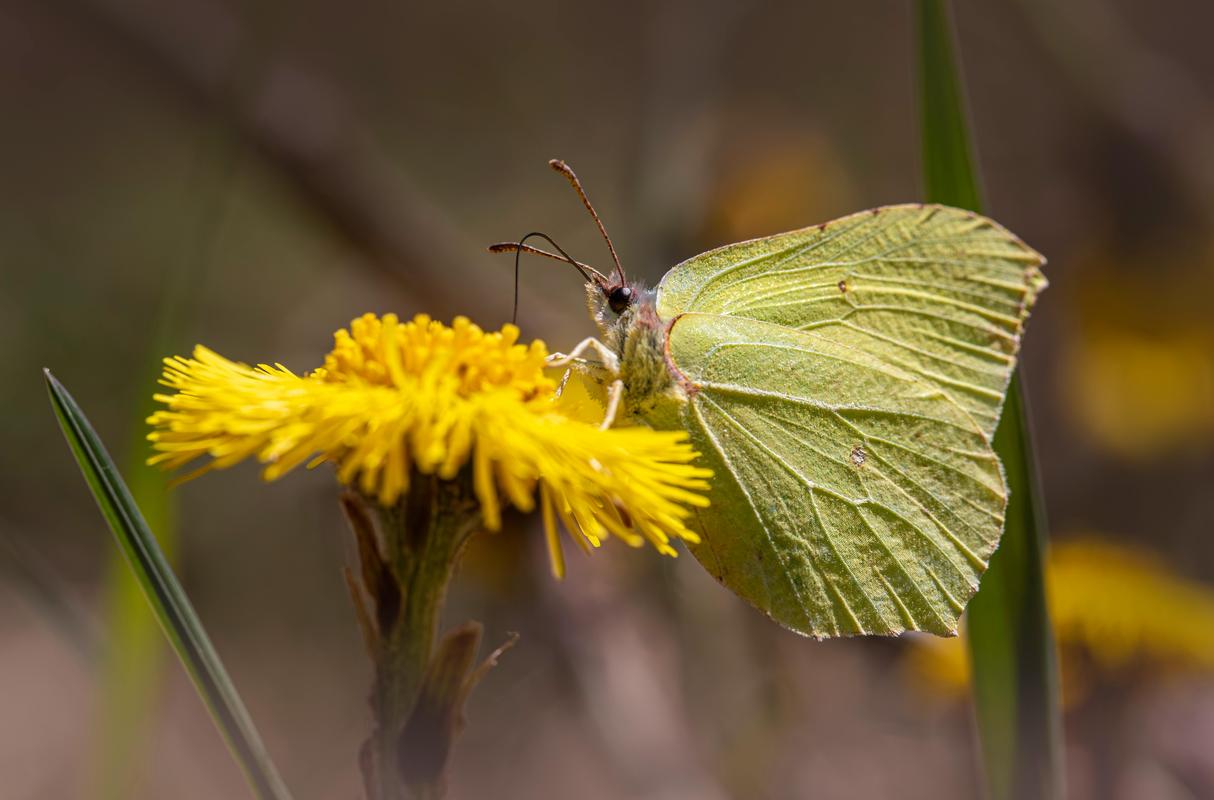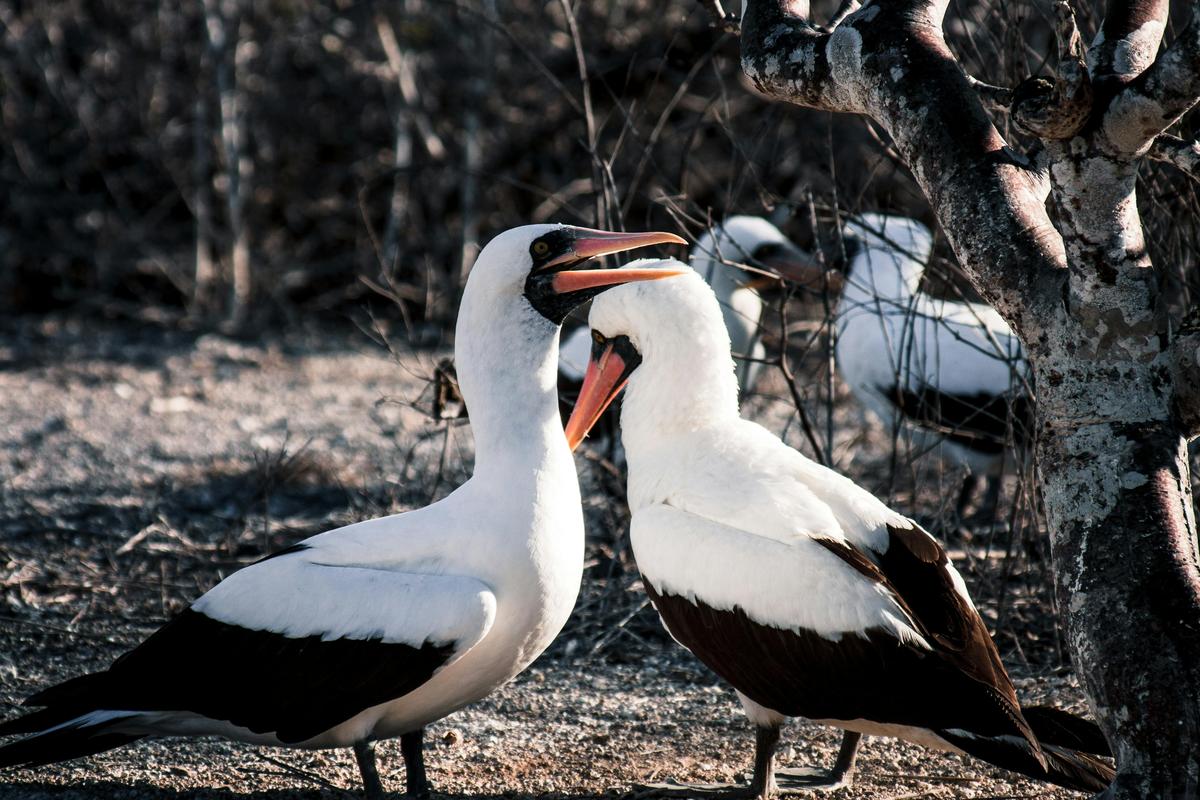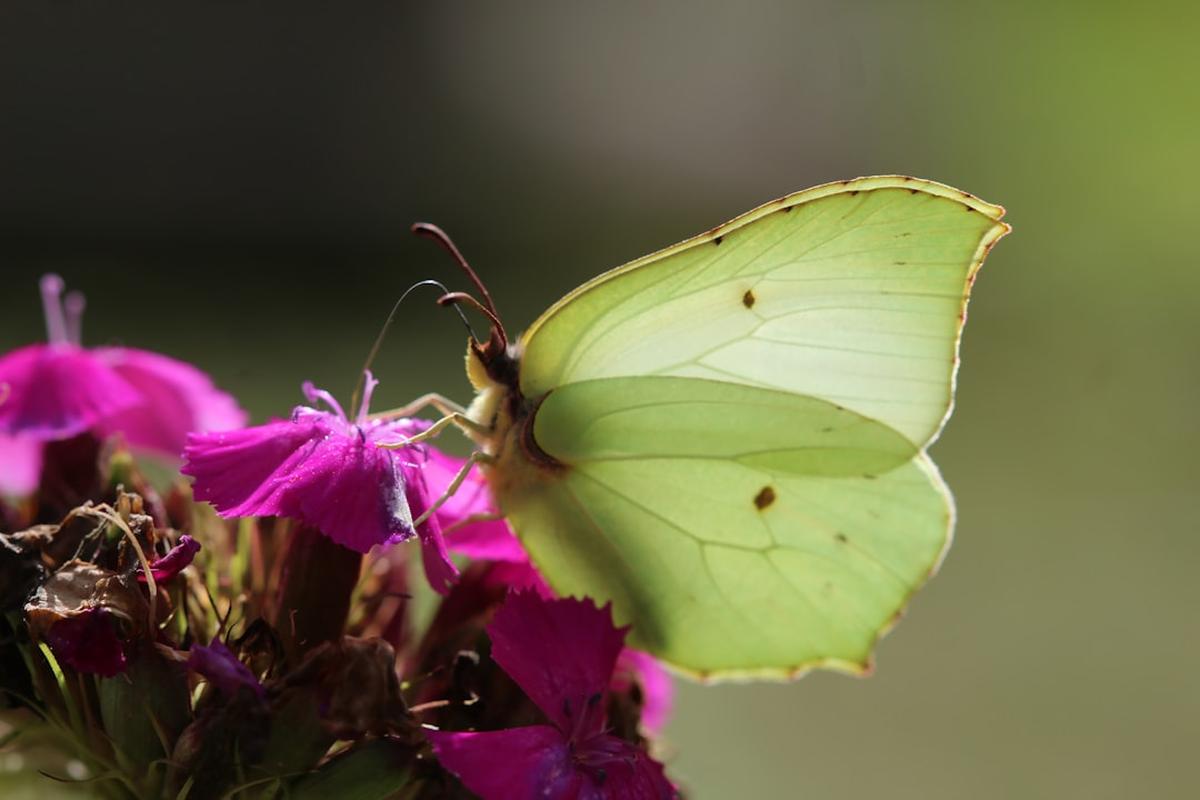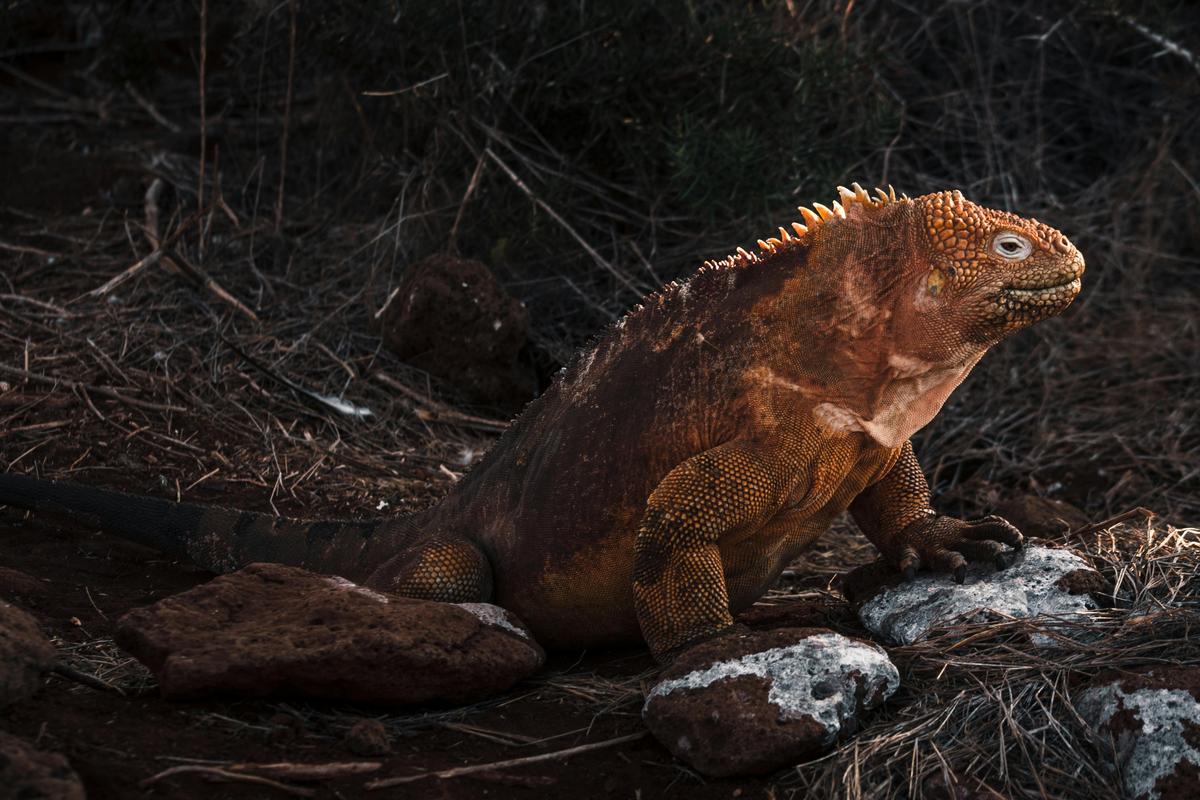Introduction to Biodiversity Hotspots in the World
Across the world, there are some amazing ecosystems full of a wide variety of life. These are the biodiversity hotspots, areas that have a lot of unique species not found anywhere else on Earth. From the lush tropical forests of the Amazon to the rugged mountain ranges of the Himalayas, these areas are really important for our planet’s natural heritage.
The idea of biodiversity hotspots was first talked about in the late 1980s, focusing on 10 tropical forest regions that had lost a lot of their original habitat. Now, we know of 36 hotspots, covering different landscapes on every continent except Antarctica. These hotspots are home to over half of the world’s vascular plant species, even though they only take up a small percentage of the Earth’s land.
When we look closer, we see that the Caribbean Islands, the Mediterranean Basin, and the Tropical Andes are just a few of the amazing biodiversity hotspots around the world. The Sundaland region in Southeast Asia and the Tropical Andes in South America are especially impressive, each having around 15,000 plant species that are only found there. Sadly, many of these hotspots have lost up to 95% of their original vegetation, making them some of the most threatened ecosystems on Earth.
Even with the high rates of habitat loss, these biodiversity hotspots are still places of hope, showing how life can adapt and survive. By understanding and protecting these special natural areas, we can make sure that many species have a future and that the beauty of nature is passed down to future generations. 1 2
 Photo by Erik Karits on Pexels
Photo by Erik Karits on Pexels
Top Biodiversity Hotspots in the World You Must Visit
Exploring the world’s most biodiverse regions is an exciting adventure that promises to immerse you in the wonders of nature. These biodiversity hotspots, as they are known, are the Earth’s most species-rich yet threatened areas, home to an amazing array of endemic flora and fauna.
One such amazing destination is the Tropical Andes, a biodiversity hotspot that covers parts of Venezuela, Colombia, Ecuador, Peru, and Bolivia. This region boasts an incredible 45,000 plant species, over 3,400 of which are found nowhere else on the planet. Visitors can admire the towering Andes mountains and explore the lush cloud forests, where they might see the hard-to-find Andean bear or the colorful Cock-of-the-Rock, the national bird of Peru.
The Tropical Andes hotspot is a true example of the incredible diversity of life on our planet, with an amazing 30% of the world’s plant species found within its borders.
Another must-visit biodiversity hotspot is the Cape Floristic Region in South Africa, which is home to over 9,000 plant species, 69% of which are found nowhere else. This unique Mediterranean-type ecosystem is famous for its stunning floral displays, with the iconic protea flowers being a particular highlight. Visitors can explore the rugged landscapes of Table Mountain National Park and encounter the diverse array of wildlife, including the iconic Cape mountain zebra and the endangered Cape vulture.
Across the globe, these biodiversity hotspots offer a glimpse into the incredible richness and fragility of our natural world. By exploring these awe-inspiring destinations, we can not only marvel at the beauty of our planet but also gain a deeper appreciation for the urgent need to protect these irreplaceable ecosystems. 3 4
 Photo by Lloyd Douglas on Pexels
Photo by Lloyd Douglas on Pexels
The Importance of Preserving Biodiversity Hotspots in the World
Biodiversity hotspots are like the crown jewels of our planet, full of an amazing variety of life found nowhere else on Earth. These incredible regions, covering just 2.3% of the world’s land surface, are home to a whopping 50% of all known plant species and 42% of all terrestrial vertebrates. It’s a clear sign of the amazing diversity and strength of our natural world.
The Andes Mountains in South America really stand out as the most diverse biodiversity hotspot, with over 30,000 plant species and 3,000 animal species, many of which are unique to that area. On the flip side, the Indo-Burma region in Asia has lost a huge 95% of its native vegetation due to threats like deforestation and climate change, showing how delicate these precious ecosystems are.
- Biodiversity hotspots are defined by two main criteria: they must have at least 1,500 endemic plant species (over 0.5% of the world’s total) and have lost at least 70% of their original habitat.
- These hotspots cover a wide range of areas, from the lush forests of Eastern Australia to the rugged Caucasus Mountains in Europe and Central Asia.
- They offer priceless benefits to humanity, providing shelter, medicine, clean water and air, as well as food and clothing resources.
- However, these biodiversity-rich areas have already lost a concerning 86% of their original habitat, showing the urgent need for conservation efforts.
Preserving these biodiversity hotspots is not just important for the environment, but it’s a moral duty. They are the irreplaceable homes of life on our planet, holding the key to unlocking nature’s secrets and ensuring a sustainable future for generations to come. By protecting these natural wonders, we can maintain the delicate balance of our ecosystems and safeguard the amazing diversity that makes our world so vibrant and alive. 5 6
How to Contribute to the Conservation of Biodiversity Hotspots in the World
The world’s biodiversity is in trouble, with many species at risk of disappearing forever. But there’s hope in biodiversity hotspots - areas that are home to a lot of unique, endangered species. These hotspots are where conservation efforts can make a real difference.
New studies show that most of the world’s “missing” species are actually in these hotspots. Six main hotspot areas - from Mexico to Panama, Colombia, Ecuador to Peru, Paraguay and Chile, southern Africa, and Australia - are thought to have a whopping 70% of all the species we haven’t even discovered yet. This means that focusing on these regions for conservation can help protect a wide range of plants and animals in danger.
Nonprofit organizations (NGOs) are key in saving these biodiversity hotspots. They can help by giving money, taking part in debt-for-nature deals, and joining international efforts. By working with governments and local communities, these groups can help protect the amazing natural treasures found in these hotspots.
Saving these special ecosystems isn’t just important for the environment - it’s also the right thing to do. Losing so many species would be a huge loss, robbing future generations of the beauty of the natural world. By supporting the conservation of biodiversity hotspots, we can make sure these diverse habitats keep thriving, preserving the planet’s precious biodiversity for years to come. 7 8
 Photo by Anne Nygård on Unsplash
Photo by Anne Nygård on Unsplash
References
-
“124b9a66d1c642b5bc41d1ff703a0d21” - resources.unep-wcmc.org ↩
-
“Biodiversity+hotspot” - www.worldheritagesite.org ↩
-
“Biodiversity Hotspots” - www.coastalwiki.org ↩
